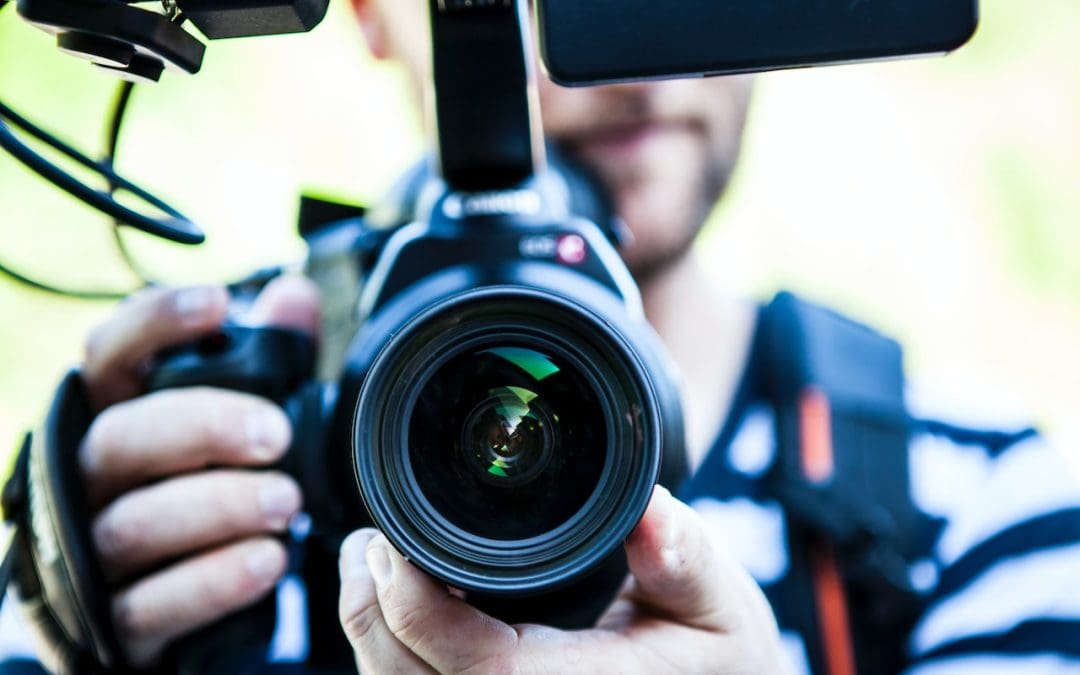In the digital age, where video content has become an integral part of communication, marketing, entertainment, and documentation, the roles of videographers and the process of video production have taken center stage. While the terms “videographer” and “video production” might seem interchangeable, they each encompass unique facets of the dynamic world of visual storytelling. In this article, we delve into the nuances that set these two concepts apart and shed light on their respective contributions to the creation of compelling videos.
The Videographer’s Craft
A videographer is an individual who wields the camera with finesse, capturing moments and visuals that tell a story. They are the creative visionaries behind the lens, responsible for translating ideas into captivating moving images. A videographer’s skill set extends to camera operation, shot composition, lighting techniques, and an acute sense of timing to capture the perfect shot. Whether it’s a heartwarming wedding, an electrifying event, or a thought-provoking interview, the videographer’s keen eye plays a pivotal role in capturing the essence of the subject matter.
The videographer’s role is akin to that of a skilled painter, selecting the right colors, textures, and brushstrokes to create a visual masterpiece. Their expertise lies in understanding how to use equipment effectively, adapting to different shooting conditions, and seamlessly transitioning between shots to create a cohesive narrative.
Unveiling the Art of Video Production
Video production, on the other hand, is an intricate dance that encompasses a comprehensive process from conception to completion. It involves a synergy of creativity, technical prowess, and meticulous planning. At its core, video production is a multi-stage journey that transforms an idea into a polished visual experience.
1. Pre-Production: This foundational phase involves brainstorming, scriptwriting, storyboarding, casting, location scouting, and logistical planning. It sets the stage for a successful shoot by ironing out details and ensuring that the creative vision aligns with practical considerations.
2. Production: The production phase brings the concept to life as cameras roll, capturing scenes meticulously planned during pre-production. It involves directing talent, managing equipment, adjusting lighting, and overseeing the actual filming process. The videographer, as a key player in this phase, executes their expertise to translate the vision into reality.
3. Post-Production: The magic truly unfolds during post-production. Editors, sound engineers, and visual effects artists come together to craft the final product. This phase involves video editing, color grading, audio enhancement, adding graphics, and refining the overall aesthetic. It’s the stage where the raw footage evolves into a polished, engaging piece of content.
The Symbiotic Relationship
While videographers and video production represent distinct aspects of the video creation process, they share a symbiotic relationship. Videographers bring their creative flair and technical mastery to the table, ensuring that the visual aspects of a video are captivating and evocative. Video production, on the other hand, orchestrates the entire symphony, harmonizing the efforts of multiple specialists to weave a coherent narrative that resonates with the intended audience.
Conclusion
In the realm of visual storytelling, the difference between a videographer and video production lies in the depth of their involvement and the breadth of their impact. A videographer’s lens captures the soul of a moment, while video production weaves a tapestry of creativity, planning, and execution to create a comprehensive visual experience. Together, they form a dynamic duo, breathing life into ideas and transforming them into captivating videos that leave a lasting impression on audiences worldwide.

